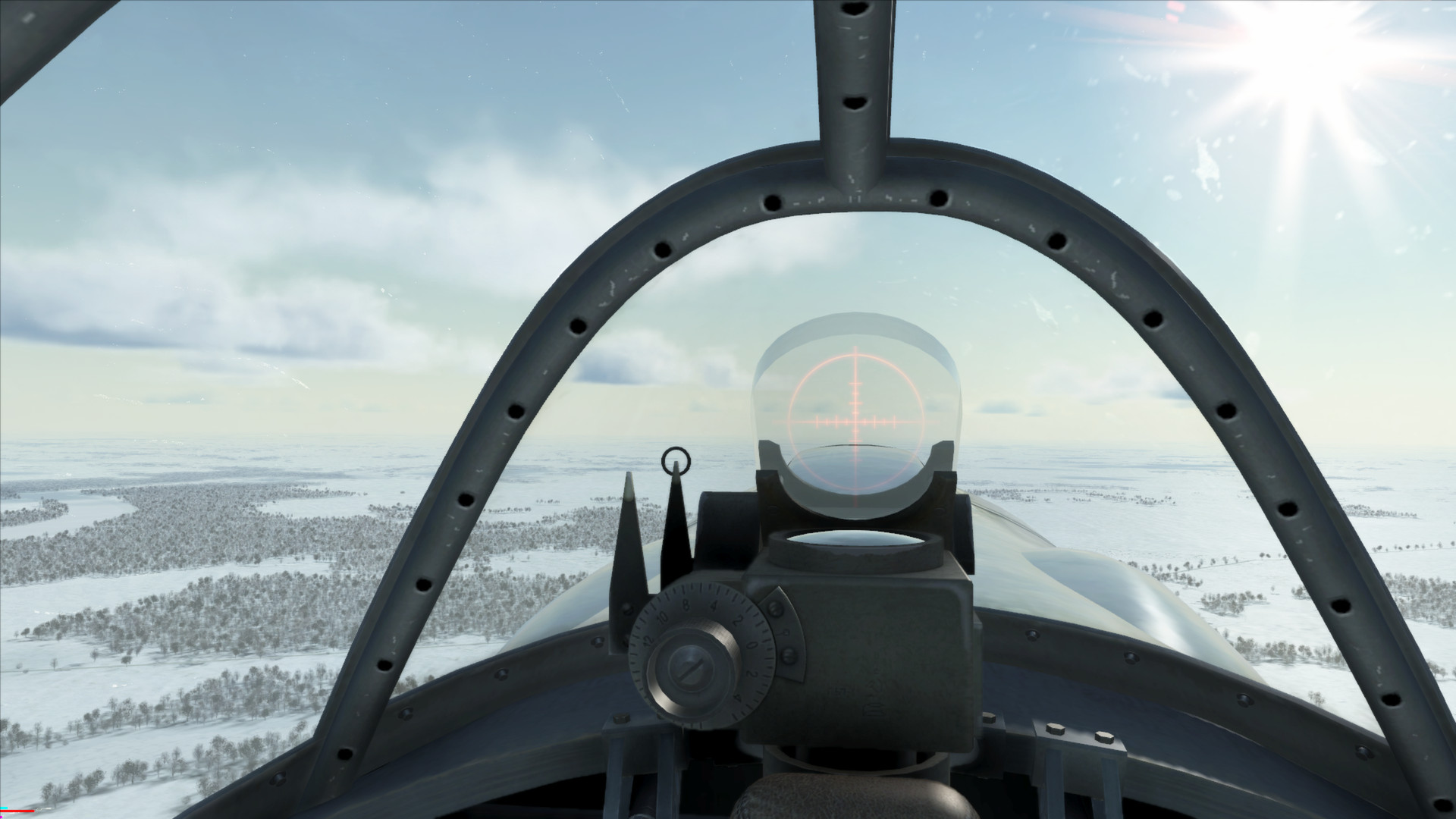The Code Of Civil Procedure, 1908 (Act No. 5 of 1908) An Act to consolidate and amend the laws relating to the procedure of the Courts of Civil Judicature. WHEREAS it is expedient to consolidate and amend the laws relating to the procedure of the Courts of Civil.
The law can be broadly classified as – • Substantive Law, and • Procedural Law. The Substantive Law, whether it is based on statute law or common law, defines what facts are constituting a fact or liability.[1] To say, in other words, the Substantive law defines various principles regarding the rights and liabilities. (Example: The Indian Penal Code, 1860 which describes various offenses punishable under Criminal acts). On the contrary, the Procedural law or adjective law, on the other hand, prescribes the procedure and machinery for the enforcement of those rights and liabilities. To say, in other words, the procedural law is concerned with enforcement of those rights and liabilities determined in accordance with the rules of the substantive law.[2] (Example: The Code of Civil Procedure 1908, The Code of Criminal Procedure, 1973 etc).
The Law regulating the procedure to be followed in civil court is governed by the Civil Procedure Code and this Civil Procedure Code is one of the most important branches of the procedural law. As we all know, “ Ignorance of law is not a defense” and every Indian should know the laws of this nation. The following are 10 important things every Indian should know about Civil Procedure Code 1908. • Civil Procedure Code: Historical Background Till 1859, in India, there was no uniform codified law for the procedures to be followed in Civil Courts. In those old days, under the British rule, there were Crown Courts in Presidency towns and Provincial Courts in Mofussils. • These Courts in Mofussil areas and Presidency towns were governed by different systems of Civil procedure through various rules, regulations and special acts and those were changed on time to time basis on the basis of circumstances and needs.[3] • For the first time in 1859, a uniform civil procedure Code was introduced by passing the Civil Procedure Code (Act VII of 1859).
But this code could not serve the purpose as this code was not made applicable to the Supreme Courts (Crown Courts under the Royal Charter) and the Sadar Diwani Adalats (Principal Courts under the Judicial Plan by the Governor General). • In 1861, the Indian High Courts Act was passed and the Supreme Courts and Sadar Diwani Adalats were abolished.[4] Then the High Courts were established by replacing the Supreme Courts at Madras, Bombay and Calcutta. Then the Civil Procedure Code 1859 made applicable to these newly established High Courts.  Click above • The Code of 1859 was amended regularly from time to time and was replaced by passing the Civil Procedure Code, 1877. This code of 1877 was amended in 1878 and 1879 and the third civil procedure Code was enacted in 1882, which replaced the previous code. The Code of Civil Procedure 1882 was also amended several times and ultimately the present code of Civil Procedure, 1908 was passed overshadowing the defects of the Code of 1882.
Click above • The Code of 1859 was amended regularly from time to time and was replaced by passing the Civil Procedure Code, 1877. This code of 1877 was amended in 1878 and 1879 and the third civil procedure Code was enacted in 1882, which replaced the previous code. The Code of Civil Procedure 1882 was also amended several times and ultimately the present code of Civil Procedure, 1908 was passed overshadowing the defects of the Code of 1882.
IL-2 Sturmovik: Battle of Stalingrad is the 11th installment in the IL-2 Sturmovik series, but dealing with the game engines used in the series, it does belong to the third generation of IL-2 Sturmovik games. 10 faithfully reproduced aircraft from Il-2 to 8-series La-5. - Who are crazy about military aircraft that you need to download the Il-2 Sturmovik Battle of Stalingrad torrent. - Full coverage of the event — from 19 November 1942 to 2 February 1943. IL-2 Sturmovik: Battle of Stalingrad is a historically based game. It is the next generation of the legendary Sturmovik series of WWII flight-sim games. 
